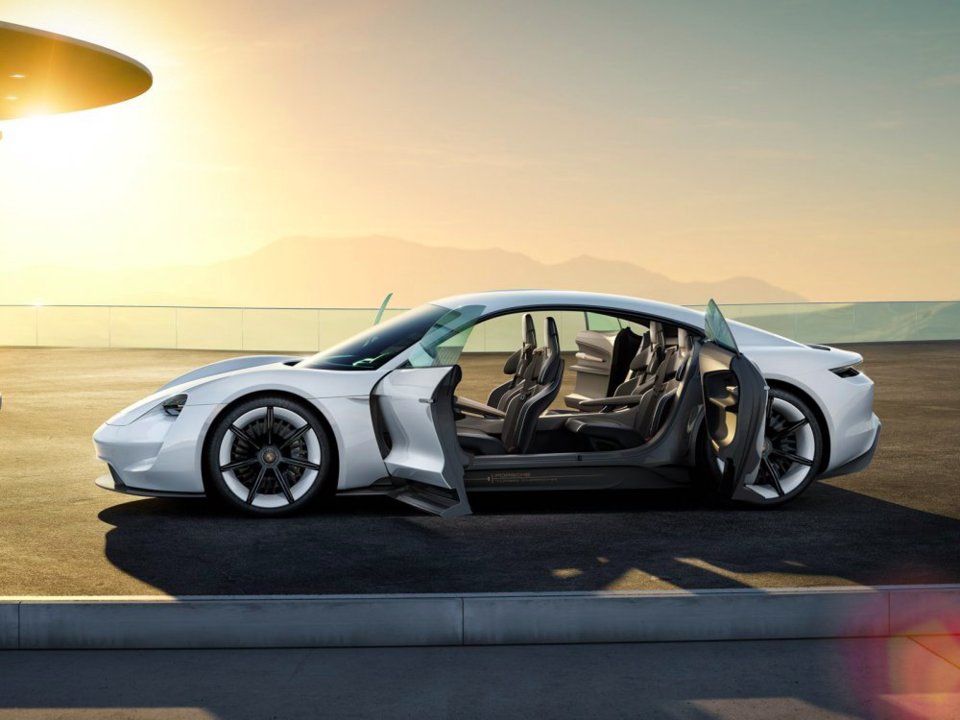
The Governments long awaited response to the ‘Worldwide Harmonised Light Vehicle Test Procedure’ [WLTP] has been published.
The WLTP aims to reflect CO2 emissions based on real world driving conditions as opposed to the old ‘New European Driving Cycle’ [NEDC] tests.
From April 2020 HMRC will now utilise the WLTP to establish the level of CO2 emissions for a vehicle which will in turn determine the Benefit in Kind tax rate for company cars.
For most vehicles this will lead to higher tax rates, however for pure electric vehicles the BIK rate will fall.
From April 2020, new BIK bands come into force for plug-in models with CO2 emissions of 1-50 g/km, with the new BIK levels dependent on the official electric-only range in miles.
Those with a range in excess of 130 miles are classed as pure-electric models for the purposes of BIK ratings (at 0%), while those plug-in models with a range of less than 30 miles will be rated at 14%.
There will be two BIK tables in operation for three years, 2020 to 2023 to facilitate the transition between the CO2 emissions provided by the NEDC test and the emissions provided by the WLTP, this will taper the impact for those who purchased cars based on the old rates. From 2022/23, only one table will exist, and the government have stated they will only amend future rates with two years notice.
Food for thought
If you own a limited company and are looking to purchase or lease a car, from April 2020 it may be beneficial for you to do this through the company.
If you purchase a low emissions vehicle, the asset will go on balance sheet and you will receive a reduction in your corporation tax liability for that year, depending on the vehicle and how the purchase is structured this could be 100% of the car value, so a car with a purchase price of £100,000 could provide a £19,000 reduction in corporation tax, even if you utilise a finance for the purchase.
If you leased the vehicle you would be able to claim deductions of the lease payments and potentially recover an element of VAT.
In both instances, if a zero Emissions vehicle was purchased, there would be 0% personal tax or Class 1A NIC to pay, increasing to just 1% and 2% in the subsequent two years.
Summary
The incentivisation by this government to purchase low emission vehicles has been sporadic, we have seen historical low BIK rates removed now to be re-introduced, albeit with additional hurdles and caveats.
If you own a limited company, there are tax efficient ways of purchasing vehicles, however it needs implementing in the correct way to achieve the desired benefits.
Contact us today to discuss how we can help.
| Company Car Tax BIK Rates April 2020 to March 2023 | |||||||
| Table shows BIK rates for models registered from 6th April 2020, based on official WLTP CO2 figures. | |||||||
| Vehicle CO2 (g/km) |
Electric range (miles) |
FY 2020-21 %BIK Rate |
FY 2021-22 %BIK Rate |
FY 2022-23 %BIK Rate |
|||
| Petrol, Electric, RDE2 Diesel** |
Non- RDE2 Diesel** |
Petrol, Electric, RDE2 Diesel** |
Non- RDE2 Diesel** |
Petrol, Electric, RDE2 Diesel** |
Non- RDE2 Diesel** |
||
| 0 | 0 | 1 | 2 | ||||
| 1-50 | 130+ | 0 | 1 | 2 | |||
| 1-50 | 70-129 | 3 | 4 | 5 | |||
| 1-50 | 40-69 | 6 | 7 | 8 | |||
| 1-50 | 30-39 | 10 | 11 | 12 | |||
| 1-50 | <30 | 12 | 13 | 14 | |||
| 51-54 | 13 | 14 | 15 | ||||
| 55-59 | 14 | 15 | 16 | ||||
| 60-64 | 16 | 17 | 18 | ||||
| 65-69 | 16 | 17 | 18 | ||||
| 70-74 | 17 | 18 | 19 | ||||
| 75-79 | 18 | 22 | 19 | 23 | 20 | 24 | |
| 80-84 | 19 | 23 | 20 | 24 | 21 | 25 | |
| 85-89 | 20 | 24 | 21 | 25 | 22 | 26 | |
| 90-94 | 21 | 25 | 22 | 26 | 23 | 27 | |
| 95-99 | 22 | 26 | 23 | 27 | 24 | 28 | |
| 100-104 | 23 | 27 | 24 | 28 | 25 | 29 | |
| 105-109 | 24 | 28 | 25 | 29 | 26 | 30 | |
| 110-114 | 25 | 39 | 26 | 30 | 27 | 31 | |
| 115-119 | 26 | 30 | 27 | 31 | 28 | 32 | |
| 120-124 | 27 | 31 | 28 | 32 | 29 | 33 | |
| 125-129 | 28 | 32 | 29 | 33 | 30 | 34 | |
| 130-134 | 29 | 33 | 30 | 34 | 31 | 35 | |
| 135-139 | 30 | 34 | 31 | 35 | 32 | 36 | |
| 140-144 | 31 | 35 | 32 | 36 | 33 | 37 | |
| 145-149 | 32 | 36 | 33 | 37 | 34 | 37 | |
| 150-154 | 34 | 37 | 35 | 37 | 35 | 37 | |
| 155-159 | 34 | 37 | 35 | 37 | 36 | 37 | |
| 160-164 | 35 | 37 | 36 | 37 | 37 | 37 | |
| 165-169 | 36 | 37 | 37 | 37 | 37 | 37 | |
| 170+ | 37 | 37 | 37 | 37 | 37 | 37 | |
** Rate applies to diesel vehicles not meeting the RDE2 standard. For diesel-hybrids, the Non-RDE2 4% diesel surcharge does not apply. All BIK rates will apply to cars registered from April 2020. Source: HMRC 2019.

















